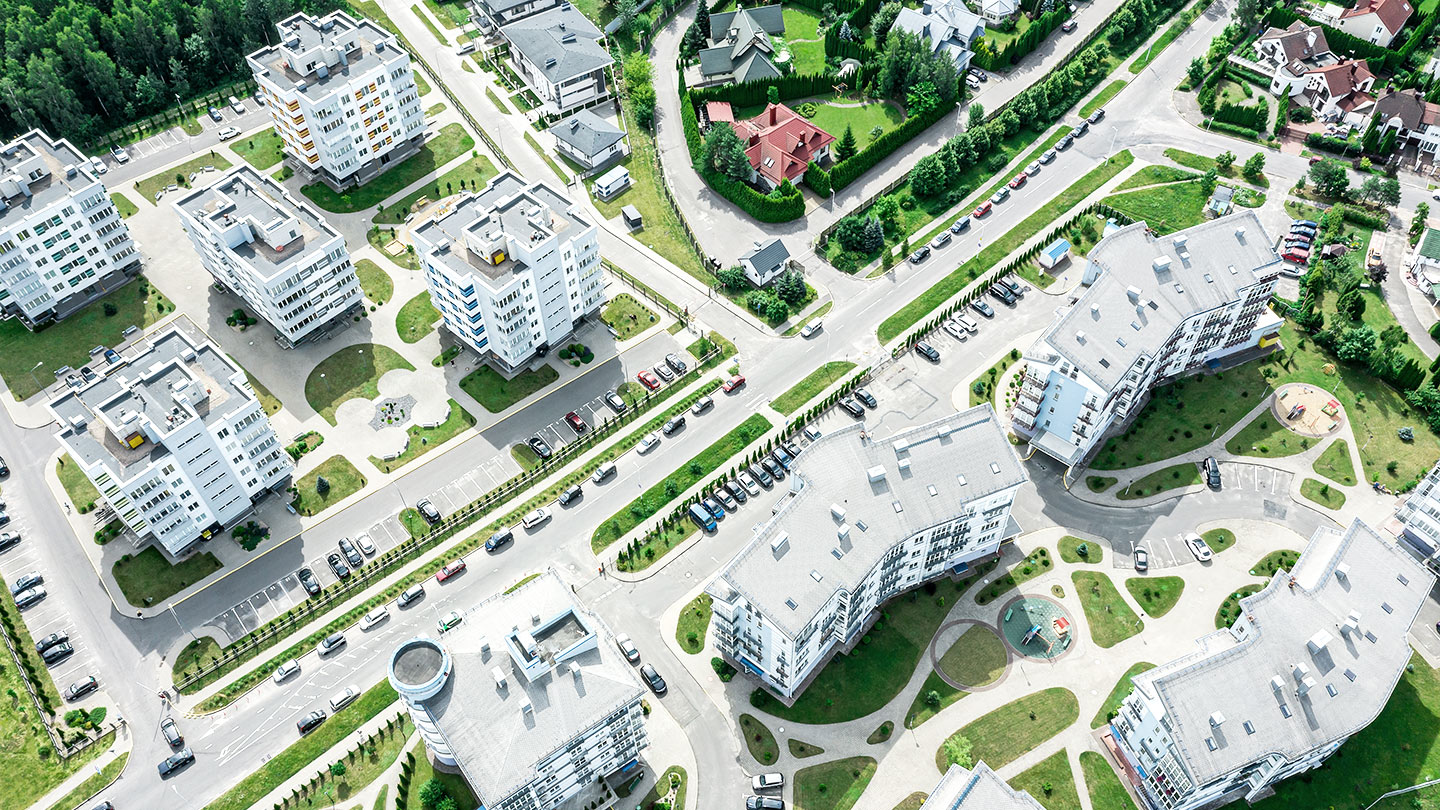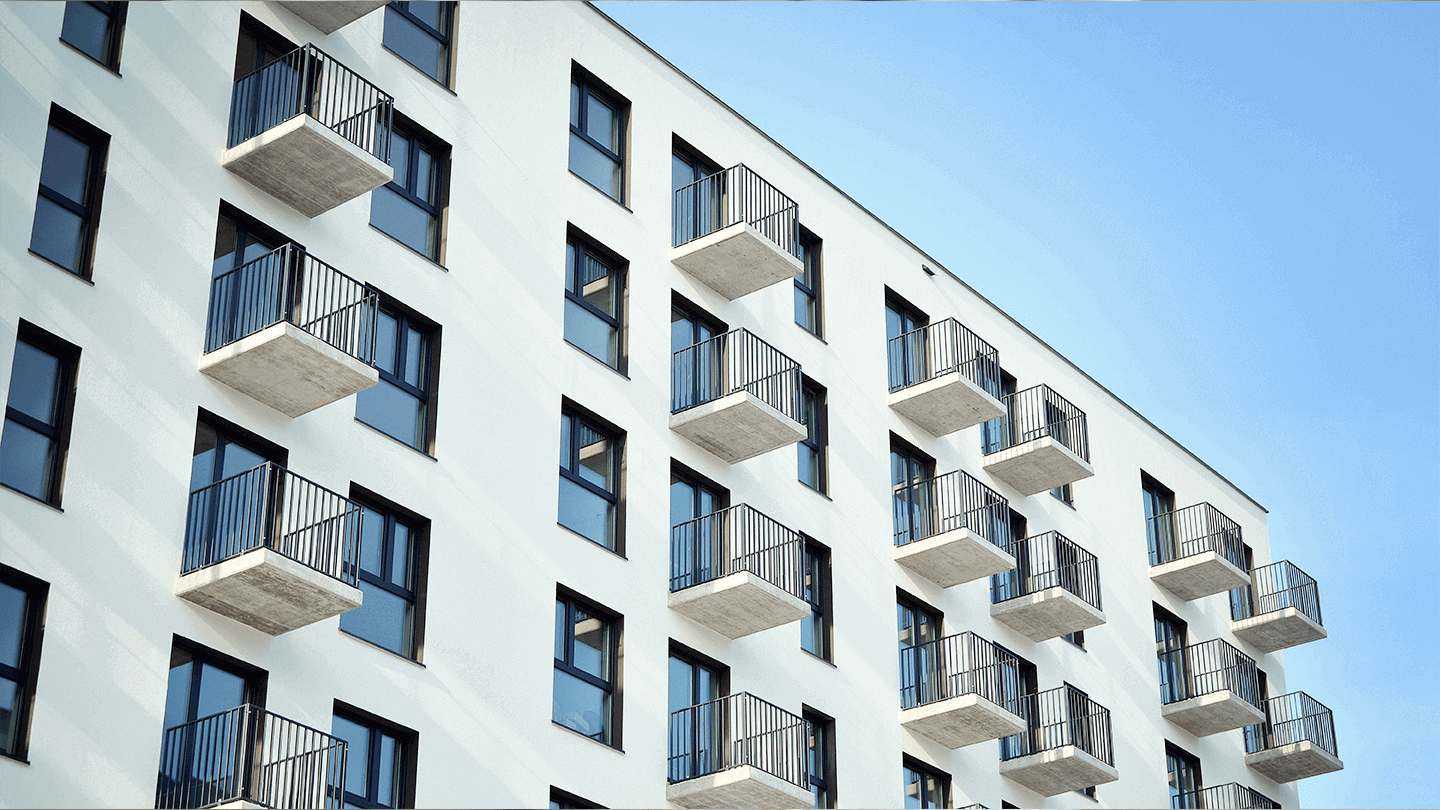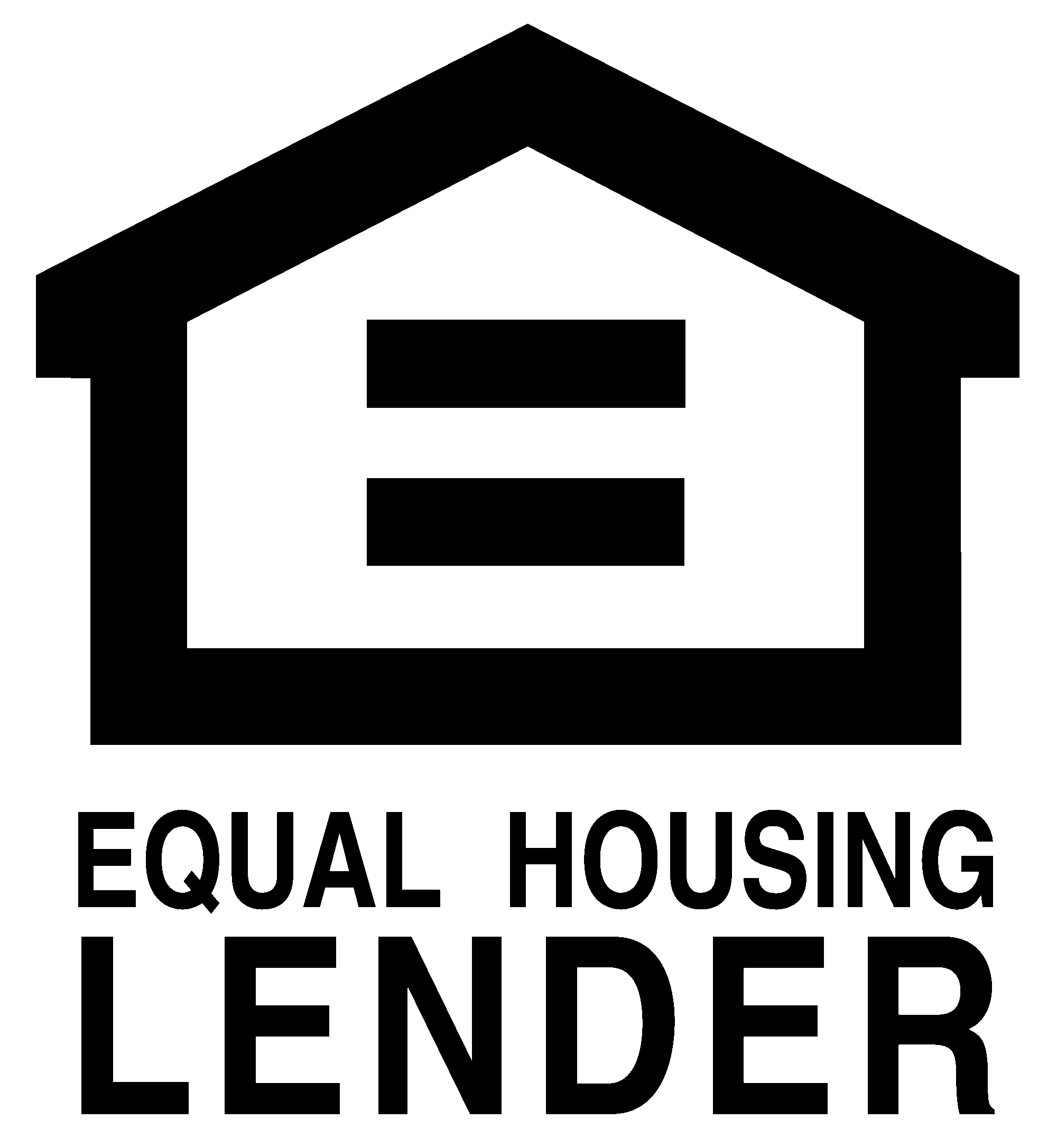We offer fixed- and adjustable-rate loan programs with up to 30-year amortization and 6-Month Term SOFR & 12-MTA Programs; subject to underwriting criteria and property types.
Commercial Real Estate
Our local teams provide expertise, innovative financial solutions and market insights to help you prepare for challenges and capitalize on opportunities.


Best-in-class Commercial Real Estate services

Agency Lending
Our Agency Lending team offers multifamily loans through Fannie Mae and Freddie Mac, and JPMorganChase originates and services your loan with these government-sponsored enterprises (GSEs) to help support your affordable and market rate properties.

Commercial Term Lending
Working with our team you can expect competitive rates, low fees and a reliable process on your next retail, industrial, mixed-use or multifamily property loan of $500,000 to $25 million or more.

Community Development Banking
Our Community Development Banking team is proud to support vibrant and diverse neighborhoods by providing loans, investments and services for low- and moderate-income households and communities across the U.S.

Real Estate Banking
We provide customized financing and payments solutions to the top tier of commercial real estate owners, developers, investors, operating companies, investment funds and trusts.

CRE Payments
As the nation’s largest commercial real estate lender, we understand the ever-changing landscape our clients face. We built our banking solutions to help the commercial real estate industry promote operational efficiency and drive growth.
Commercial property financing solutions
JPMorganChase provides a wide selection of financing options for commercial real estate businesses of all sizes.

Term loans
Experience a straightforward process and exceptional customer service when financing multifamily and other commercial buildings through our fixed- and adjustable-rate term loans.
Subscription lending
JPMorganChase commercial real estate and subscription finance specialists work side-by-side with our clients to provide credit facilities that help navigate the evolving landscape.
Refinancing
Whether it’s industrial, mixed-use, multifamily, office or retail property, we offer refinancing options through fixed- and adjustable-rate loan programs from $1 million to more than $25 million.
Syndicated financing
Our team has extensive knowledge and experience providing syndicated loans for commercial real estate, including entity-level corporate financings and single-asset transactions across asset classes.
Construction loans
We have short-term construction loans, construction-to-permanent loans and other commercial property financing available to fit your unique needs.

Payment and treasury tools for Commercial Real Estate
Our payments and treasury solutions are designed to help you save time and money via payments optimization, improved cash flow and streamlined operations.

Relationships across the industry
No matter your organization’s size, JPMorganChase can help manage your business and find the best financing options for your needs. We work with a wide range of commercial real estate clients, including REITs, Community Development Financial Institutions, Low Income Housing Tax Credit developers and syndicators, property managers and more.

Financing across asset classes
We offer comprehensive financial solutions and services to help you purchase, refinance and manage commercial properties, including:
- Apartment and multifamily properties
- Community developments, such as healthcare centers and after school programs
- Industrial buildings
- Mixed-use developments
- Offices
- Retail space

Expertise and firmwide resources
Whether you’re constructing, purchasing, refinancing or renovating a commercial property, we can help develop a comprehensive set of financial services and solutions that best fits your needs.
Our team of experienced professionals can help you access end-to-end financial solutions from across the firm—including Asset Management, Investment Banking and Private Bank services—to help your real estate business thrive throughout the economic cycle.
“Across Commercial Real Estate, we pride ourselves on building lasting relationships with our clients and understanding their current and future needs. Whether they’re local multifamily investors or nationwide developers, we proactively provide the best financing and payments solutions to help them succeed.”
Michelle Herrick
Head of Commercial Real Estate
Meet our Commercial Real Estate leaders
With knowledge across asset classes, our team is with you through every step of the real estate journey.
FAQs
JPMorganChase offers financing options for apartment buildings with five or more units and stabilized office, retail, industrial and mixed-use properties.
Our industry-leading loan origination platform, CREOS, allows your commercial property loans to close fast and efficiently.
Yes. The firm offers real estate loans to a wide range of businesses, with loans for small businesses starting at $50,000. JPMorganChase Commercial Real Estate focuses on commercial property loans of $500,000 or more.
Commercial Real Estate insights

Real Estate
In the News
Dec 04, 2025
Learn from JPMorgan Chase commercial real estate leaders and stay up to date on the latest industry news and media coverage.
Read more
Real Estate
FHFA’s 2026 multifamily volume caps signal strong activity
Dec 02, 2025
The Federal Housing Finance Agency increased agency multifamily loan purchase caps for 2026. It’s a positive sign for financing availability and market activity.
Read more-

Changes to Interbank Offered Rates (IBORs) and other benchmark rates: Certain interest rate benchmarks are, or may in the future become, subject to ongoing international, national and other regulatory guidance, reform and proposals for reform. For more information, please consult: https://www.jpmorgan.com/IBOR.
© 2025 JPMorgan Chase & Co. All rights reserved. JPMorgan Chase Bank, N.A. Member FDIC. Deposits held in non-U.S. branches, are not FDIC insured. Non-deposit products are not FDIC insured. Visit jpmorgan.com/cb-disclaimer for additional disclosures and disclaimers related to this content.




